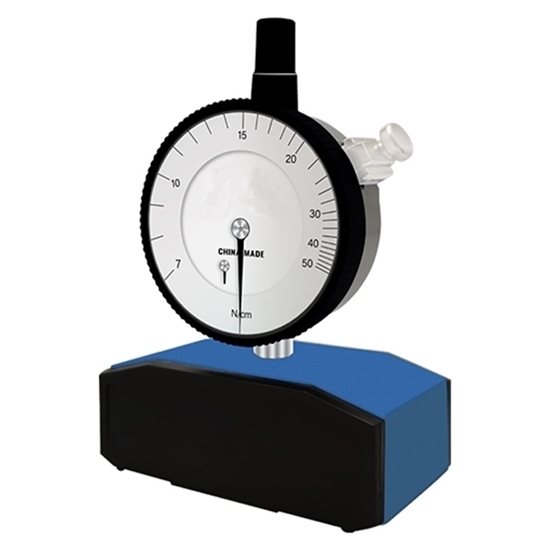
- Stock: In Stock
- Model: RDDLZ-TM50
- Weight: 1.00
- SKU: RDDLZ-TM50
Available Options
RDDLZ screen tension meter with an accuracy of ±5% of full-scale, resolution of 1N. The silk screen tension meter is easy to use, and suitable for high-tension silk screen and stencil tension measurement.
Specification
Model: RDDLZ-AG7-50
Measuring Range: 7-50N/cm
Measurement error: ±5% full range
Operating Temperature: 10℃~50℃
Transport Units of Measurement: N/cm
Measurement Accuracy: 1N
Meter Size: 76*42*108mm
Dimension
Details
Applications
Tension meters are instruments that measure tension in cable, fiber, belts and webs, or sheets. RDDLZ tension meter mainly used in belt tension measurement can also be applied to measure the tension of objects such as tapes, and wires. Widely applied in industries of automobile, textile, cables, wires, plastic films, paper, and printing.
Inspection method before use
- Clean the calibration glass and make sure there are no foreign objects on the glass.
- Place the tension meter on the front of the zero adjustment plate glass (do not use too much force).
- If the dial pointer is not aligned with the calibration point.
- Twist G counterclockwise by hand until the dial can rotate. Rotate the scale dial until the calibration point on the dial aligns with the pointer, and then twist the scale lock clockwise to lock the scale dial.
- When the scale is at the zero position, the length pointer may not be at 90 degrees to the horizontal line. It is normal for it to deviate to the left or to the right.
- If the zero adjustment plate has a large chip or is broken during daily use, it should be replaced in time.
- Do not tear the label on the glass of the zero adjustment plate during use in order to distinguish the front and back sides. When calibrating, be sure to zero the front side.
- Repeat the verification again, if the verification is normal. The tension meter can be used for tension testing. It has been calibrated to zero before leaving the factory, and users do not need to adjust it themselves.
Note:
When the tension meter is placed on the calibration glass, the pointer reading is zero. When you pick it up, the pointer reading is not zero. If you do not place the tension meter on the calibration glass, just pick it up and see that the pointer is not zero, and give the It is wrong to adjust to zero calibration. It must be placed on the calibration glass for adjustment. The stencil tension meter should be placed on a level platform with the non-printing side facing up. Place the entire tension meter steadily on the mesh 1520cm away from the edge of the outer frame, tap the surface of the steel mesh a few times with your fingers, and the reading pointed by the pointer is the actual tension on the current steel mesh (Newton reading).
Tips: What is a screen tension meter?
Put simply, screen tension is the tautness of the mesh that's stretched across the screen's frame, while off contact is the amount of space between the bottom of the screen and the platen where your substrate rests. The screen tension meter is designed to measure how taut a woven material is when tension has been applied in two directions at right angles to each other, as in the case of a screen printing frame.
